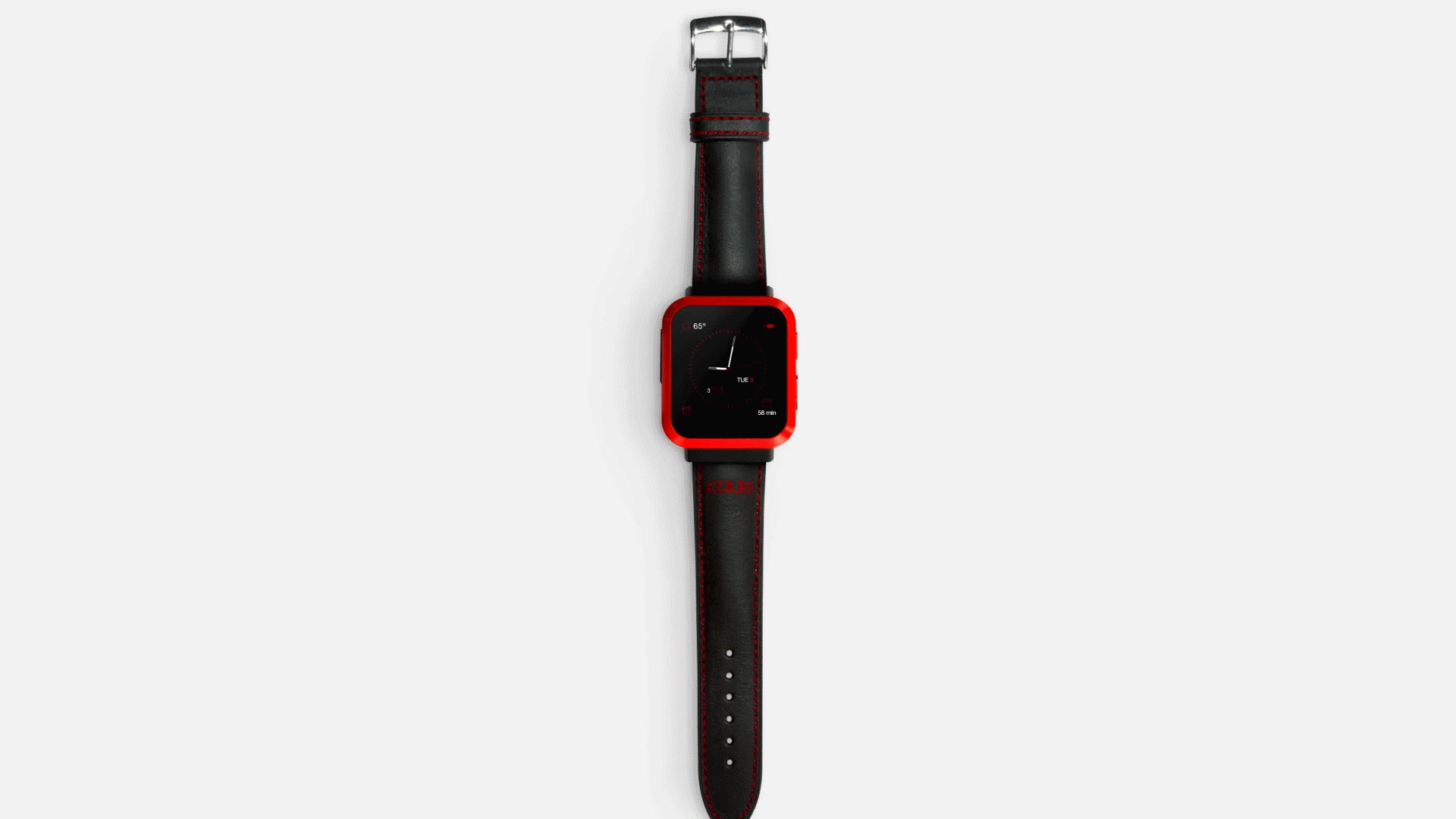LeBron James. Tom Brady. Clayton Kershaw. Sidney Crosby.
These athletes are household names to a cavalcade of sports fans around the world, but for eSports fans, they might as well be a grocery bagger at the local market. Because for them, it’s all about the likes of Spencer “Hiko” Martin, Seth “Scump” Abner, Lee “Faker” Sang-hyeok, Zhou “bLink” Yang and a pack of other top-tier video game players.
Among American male millennials ages 21-to-35, six million eSports fans—among the 21 million that play today—do not watch basketball, football, baseball or hockey, according to an October study by Newzoo. Seventy-six percent of eSports enthusiasts say that their video game viewership is taking away hours they used to spend on sports.
Need more fun facts for context? More people watched the final round of the League of Legends World Championships (27 million) than the series clinchers for the NBA Finals (18 million) and World Series (23.5 million) in 2014. Whether or not eSports is considered an actual sport is still up for debate by traditionalists and those already invested in video games. But there is no question that it won’t be going away anytime soon.
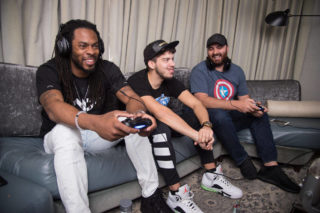
There was a time when the only link between traditional sports and video games came from titles like Madden, FIFA and NBA 2K. No one needs to take a time out to realize that the writing is on the wall—eSports is quickly gunning for a share of the mainstream sports pie.
If an ESPY Award were to be given to the “Best Breakthrough” in 2016, it would likely go to eSports, because last year was its official coming out party. Some of the highlights on the TV side included Turner broadcasting the first season of ELeague on TBS, ESPN launching an editorial division dedicated solely to the vertical while still airing competitions, and the continued momentum in the rise of collegiate eSports, further evidenced by the Big Ten Network launching a League of Legends college season.
But if you want to have a clear view of what the future cross-pollination of traditional and digital sports will entail, look no further than a two-day stretch in late September when the owners of the Philadelphia 76ers became the first sports franchise to enter the business side of eSports by acquiring a pair of teams—Team Dignitas and Team Apex—and rolling them into the NBA organization’s structure. The following day, a “who’s who” list from entertainment (Peter Guber, Tony Robbins), sports (Magic Johnson, Ted Leonsis, owner of the Washington Capitals and Wizards) and technology (Ted Case, Eric Lefkofsky) acquired a controlling interest in Team Liquid.
Since that day, a full-on domino effect has ensued that feels like a Gold Rush for gaming.
The Boston Bruins entered into a strategic partnership with eSports team Splyce. The Miami Heat invested in Misfits as well as a Vainglory team. Memphis Grizzlies co-owner Steve Kaplan became a majority shareholder of Immortals. Milwaukee Bucks co-owner Wesley Edens is in the process of a $2.5 million acquisition. The Houston Rockets hired a director of eSports development. The San Francisco 49ers invested in Plays.TV. Owners of the Cleveland Cavaliers, Miami Dolphins and Dallas Cowboys continue to pursuit eSports teams, too, just as a host of soccer clubs around the world already have.
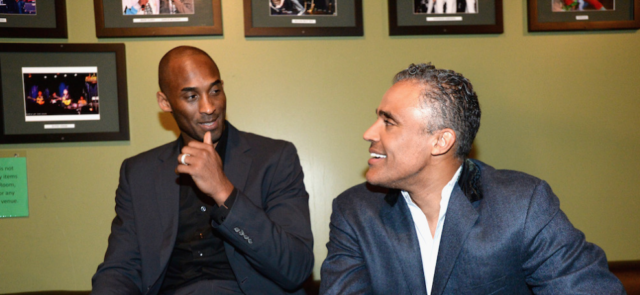
The leagues are taking notice as well. The latest in the series of significant proceedings came last week when the NBA and Take-Two launched NBA 2K eLeague, a professional competitive gaming league. Before that in December, MLB Advanced Media and Riot Games unveiled a $300 million streaming deal that will extend till 2023.
Granted, the Sacramento Kings, owners of Team NRG, were the first movers and at the frontline of this trend. They’ve recruited the likes of Shaquille O’Neal, Alex Rodriguez and Jimmy Rollins as investors, and have put their money where their mouth is by designing their newly erected $558 million Golden 1 Center for eSports.
As the industry nears $1 billion and viewership grows into the umpteenth millions, eSports officially has become the next frontier for sports executives and athletes alike. The same goes for non-endemic brands like Coca-Cola, Mountain Dew, Geico, Buffalo Wild Wings, Arby’s, General Mills and Quest Nutrition—just to name a select few—who’ve successfully surveyed and satisfied the thirst of eSports natives in short order with a fresh air of authenticity.
A bevy of pro ballers have entered the lucrative industry, too, with quite a few like Kobe Bryant sitting on the bench, scouting the scene, and waiting for the opportune time to jump in.
Here are some key players in the traditional sports realm who aren’t afraid to embrace a new age of digital competition.
Rodger Saffold | The Los Angeles Rams offensive lineman and entrepreneur is the proud owner of the eSports team Rise Nation. Rise Nation has competed in global Call of Duty competitions against major contenders like OpTic and Evil Geniuses and is branching out into other games like Overwatch as well.
Rick Fox | The three-time NBA champion ran a fast break into eSports and bought a team previously known as Gravity Gaming and renamed it Echo Fox. The team focuses on League of Legends, among other titles, and has already courted sponsors like Asus.
Mark Cuban | The Dallas Mavericks owner is literally betting on eSports through the startup Unikrn in which he invested. The billionaire, who also appears on Shark Tank, has invested in a platform focused on betting in the growing competitive gaming industry wherever it’s legal.
Andy Miller, Mark Mastrov | The co-owners of the Sacramento Kings are investors in the team NRG ESports, who specializes in League of Legends. Miller previously served as vice president of mobile advertising for Apple.
Jeremy Lin, Jonas Jerebko, Gordan Heyward | This trio of forward-thinking NBA veterans are involved in eSports in a variety of ways. Nets point guard Jeremy Lin created his own eSports organization in Team VGJ (along with investment in Plays.TV), Celtics forward Jonas Jerebko purchased the eSports franchise Renegades, and Jazz star Gordan Heyward, an avid League of Legends gamer who already has endorsements from HyperX and has penned pieces making a case for eSports, is looking to pursue the business side of the industry as well.
Demetrious Johnson | The UFC champion better known as “Mighty Mouse” loves to play video games and hosts live Twitch streams for a variety of titles, but the pasttime became more than a hobby when he partnered with Northern Gaming because he believed in the future of eSports.
Ronaldo | The former Brazilian soccer legend joined a group of investors in January to acquire a 50 percent stake in Brazilian eSports organization CNB e-Sports Club. Apparently eSports is big in Brazil because fellow countryman and Puskas Award winner Wendall Lira traded his cleats for a controller when he made a career move from a real-life soccer star to FIFA eSports hopeful.
Zlatan Ibrahimovic | The Swedish soccer star has investments in Challengermode, an eSports startup that wants to bring competitive gaming accessibility to users world round, as well as a 12.5 percent stake in Isbit Game.
Trevor May | The Minnesota Twins reliever represents North American team Luminosity Gaming on his Twitch stream. “There is so much we can learn from the world of traditional sports,” said Luminosity owner Steve Maida. “And I hope that Trevor can pass on some of his experience to our players and management.”
Russell Okung | ESports startup company Matcherino found an enthusiastic investor in the Denver Broncos offensive tackle.
Hank Baskett | The former NFL wide receiver and husband of Playboy Playmate Kendra Wilkinson joined Denial eSports as a co-owner. The avid Twitch streamer told TNL Media, “I do believe that with the growth and awareness of eSports there will continue to be those that jump into the culture because it is seen as the thing to do.”
Cloud 9 | North American eSports brand Cloud 9 closed a Series A financing round with investments from Giants outfielder Hunter Pence, former 49ers great Joe Montana and NBA veteran Andrew Bogut, owners from the Warriors and Dodgers, among several other Silicon Valley execs.
There’s no question that there currently is a Wild West feeling in eSports and competitive gaming that’s creating a confused market. Do you go after the team, the talent, or the developer? Who’s going to hold the IP rights at the end? Which stage of the investment process will yield the biggest return?
For now, everyone is throwing their name in the hat and hoping for a March Madness-like shot at winning its way through the bracket.
Follow Manouk Akopyan on Twitter @Manouk_Akopyan


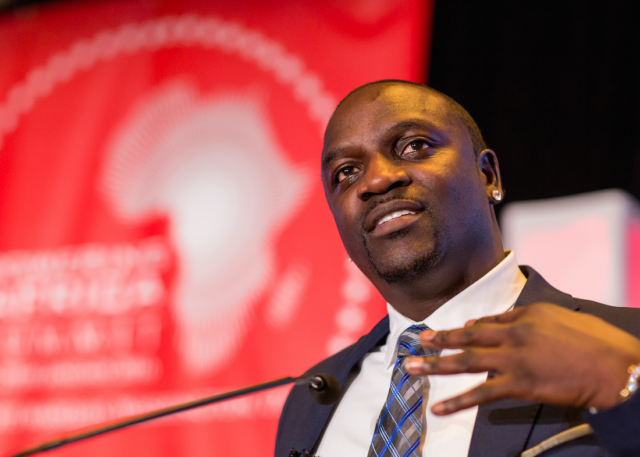
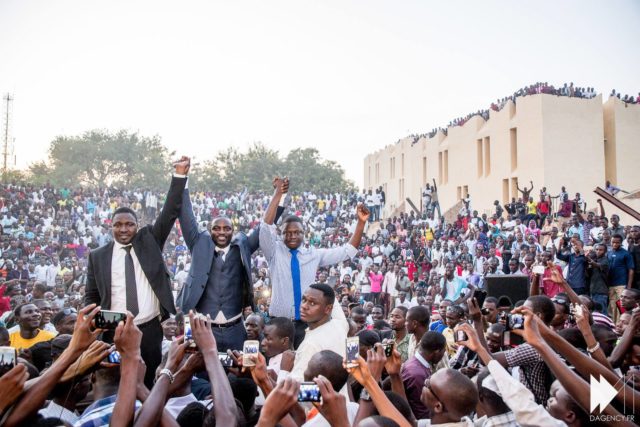
 What is Gameband, and what inspired it?
What is Gameband, and what inspired it?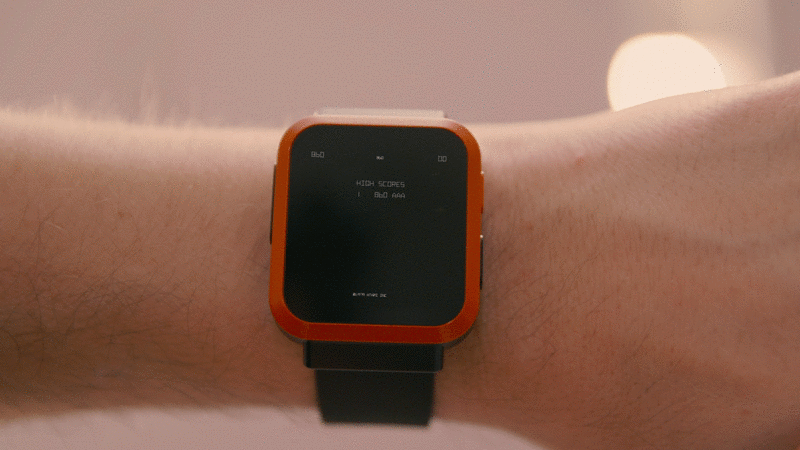
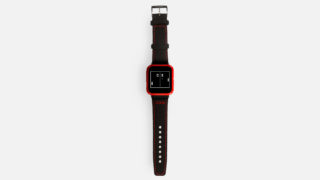 How did you come to partner with Atari?
How did you come to partner with Atari?